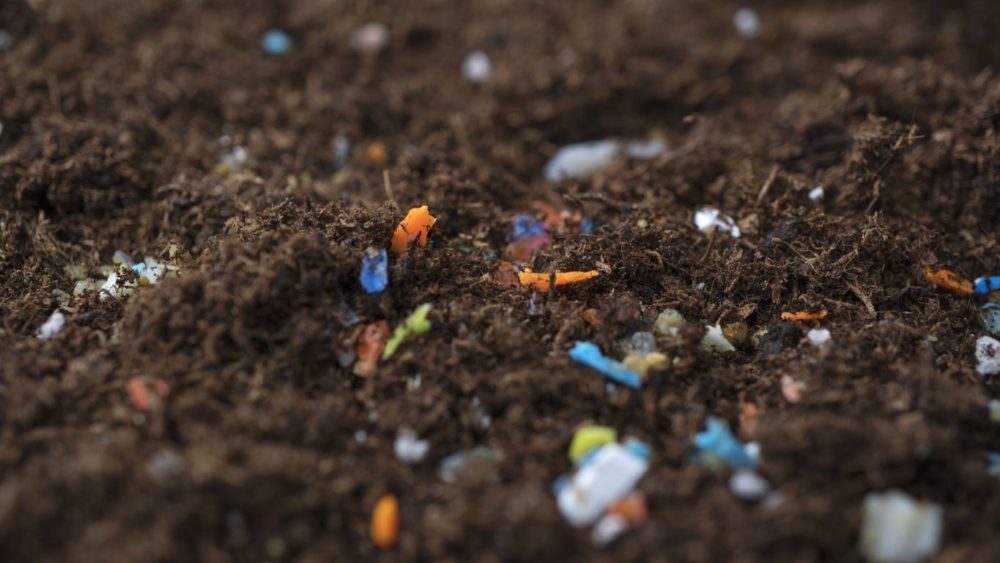- Corporates could play a major role in restoring the world’s stock of natural resources — otherwise known as natural capital, according to new research from McKinsey.
- Food systems have the most significant impact on the environment but also provide a number of compelling solutions.
- The new research suggests several “targeted actions” corporates can take to restore natural resources while simultaneously generating positive returns on investment (ROI).
On background:
Human activity has pushed the planet outside of the “safe operating space” of several planetary boundaries, the environmental limits in which humanity can survive. (See California’s drought as an apt example.) Agriculture, meanwhile, is the biggest contributor to Earth’s exceeding these planetary boundaries.
- The planetary boundaries framework, originally developed in 2009 and revised in 2015, defines “safe operating space for humanity” with respect to the stability of Earth’s atmosphere, oceans and ecosystems.
- Human activity has already extended beyond safe operating spaces for biodiversity loss, chemical and plastic pollution, nutrient pollution and greenhouse gas emissions.
- Forest cover loss and freshwater consumption are currently in the “zone of uncertainty.”
- McKinsey’s research examines nine planetary boundary variables: biodiversity loss; forest cover loss; freshwater consumption; chemical and plastic pollution; nutrient pollution; climate change (GHGs); aerosol pollution; ocean acidification; and ozone depletion.
Why it matters:
McKinsey’s research finds that food systems “have the most significant impact” on the environment. The research looks beyond merely tracking greenhouse gas emissions. Of the nine planetary boundary variables assessed above, food systems are the largest contributing factor for five:
- Crop agriculture accounts for 72% of freshwater consumption, 61% of nitrogen runoff pollution, and 32% of terrestrial biodiversity loss.
- Livestock agriculture is the biggest contributor to biodiversity loss, at 53%.
- Phosphorus pollution is the second-largest contributor to nitrogen runoff and deposition (51%).
- Meanwhile, retail sales and services, including those in food systems, account for 77 percent of chemical and plastic pollution (as measured by plastic waste emissions in aquatic environments.
Agriculture’s massive impact is driven in large part by “the strong influence of downstream sectors” like food processing. Steps taken to address agriculture’s impact on natural capital would “require sustained behavioral and operational changes from downstream actors,” says McKinsey.
- That includes everyone from ag buyers to grocery retailers, restaurants, and individual households.
The report also highlights an idea we hear more of nowadays: that agriculture, despite being a big contributor to nature problems could also provide impactful solutions. Many “levers” could have net-positive ROI: “If fully implemented, these levers could deliver about 45% of the total identified mitigation potential, amounting to an annual benefit of about $700 billion, net of costs,” notes the report.
- Many of the levers mentioned are driven by agriculture and also linked to different stags of the food supply chain: regenerative agriculture, reducing food waste, circular delivery models and reducing plastic production and pollution.
- The agricultural sector could implement four levers directly, without reliance on other parts of the food system: regenerative agriculture, agroforestry, water-efficient techniques, and manure management.
What to watch for:
In a summary of the report, McKinsey states that corporates “have the potential to shift the world’s trajectory on natural capital and usher in a return to a safe operating space for humanity by 2050.”
- Corporate action could “potentially return the world to safe levels in three of the planetary boundaries: forest cover loss, freshwater consumption, and nutrient pollution.”
- They could also address biodiversity and chemical and plastic pollution.
As AFN frequently notes, corporate sustainability is still in its infancy. Commitments vary, and there is plenty of debate on how feasible some of those commitments are. On the flip side, overhauling multi-billion corporations to make them more sustainable is not an overnight process.
McKinsey suggests four actions that could “guide corporate efforts on nature.”
- Assess their nature footprint, such as how they impact nature and how they depend on it.
- Identify activities that can reduce impacts on nature and improve company performance.
- Set initial targets for nature and integrate them into a broader portfolio of initiatives.
- Closely monitor progress and prepare to disclose progress.
At the moment, the fourth item is seemingly the most challenging, given how notorious agrifood corporates are when it comes to evading climate questions. Perhaps careful attention to the first three actions on this list would provide these companies with more specific — and encouraging — details to disclose.




